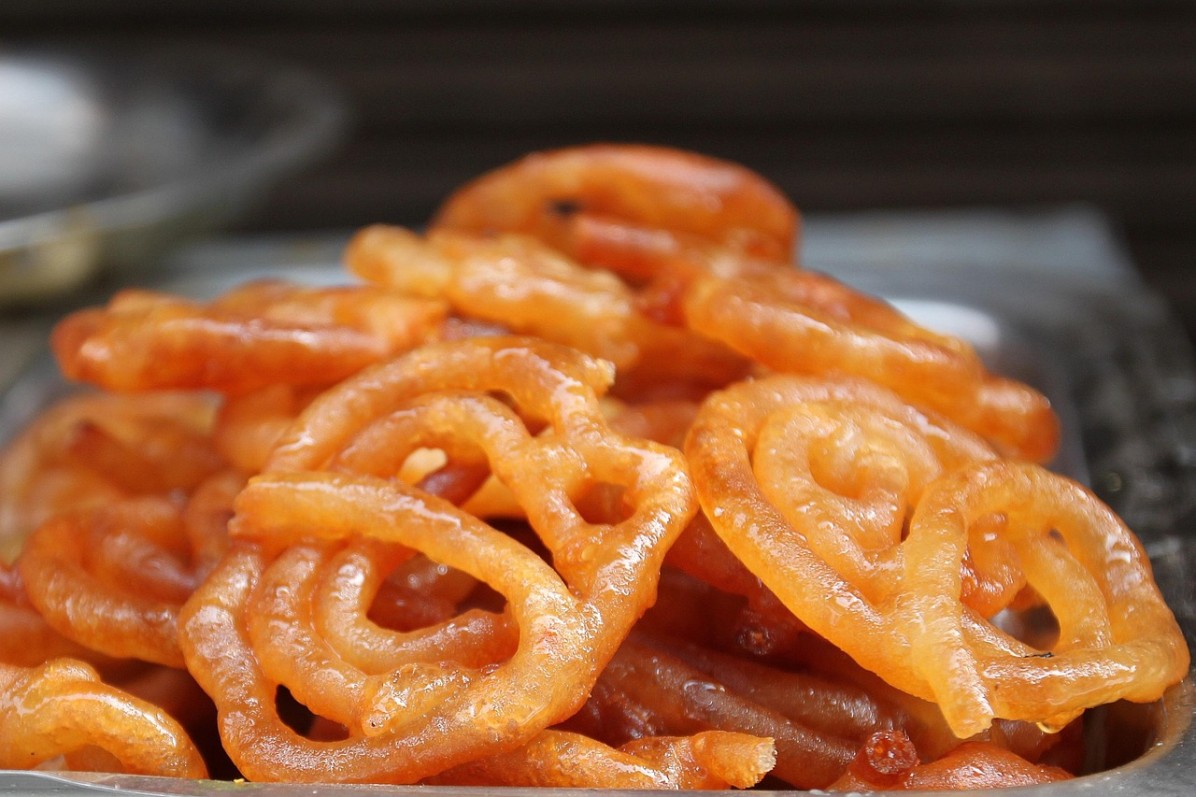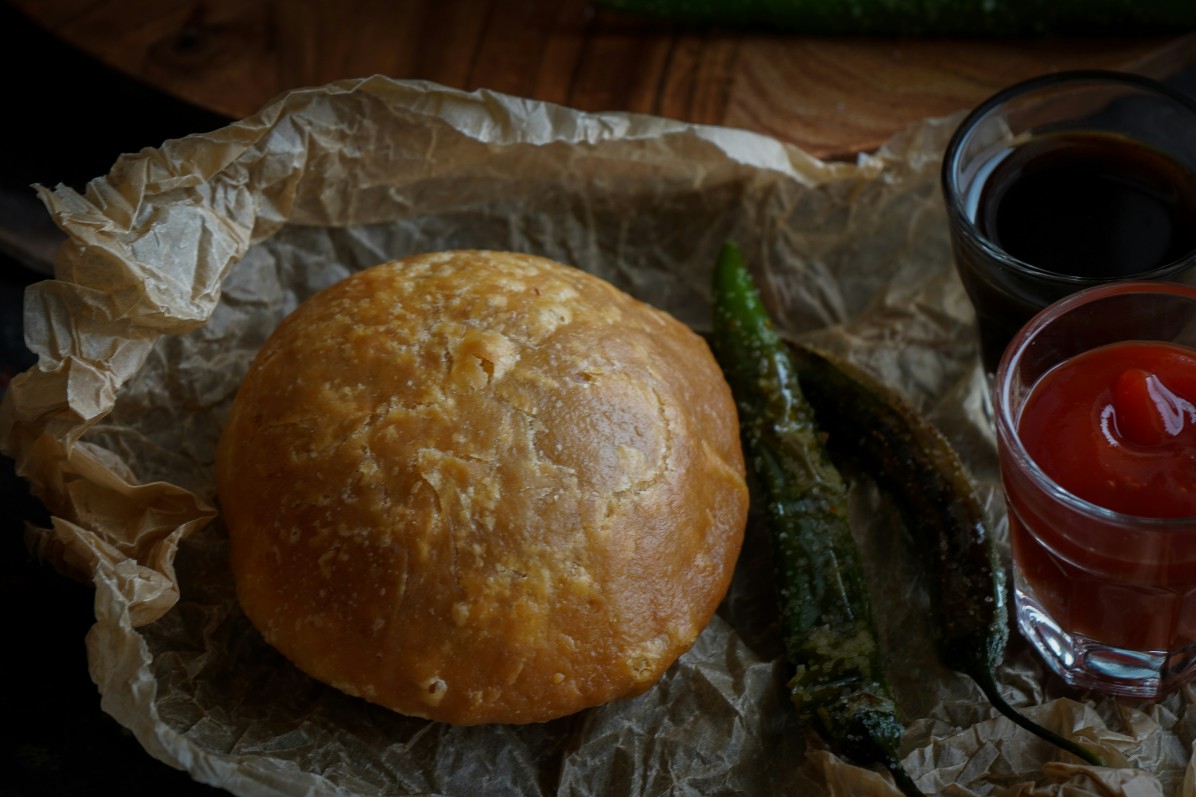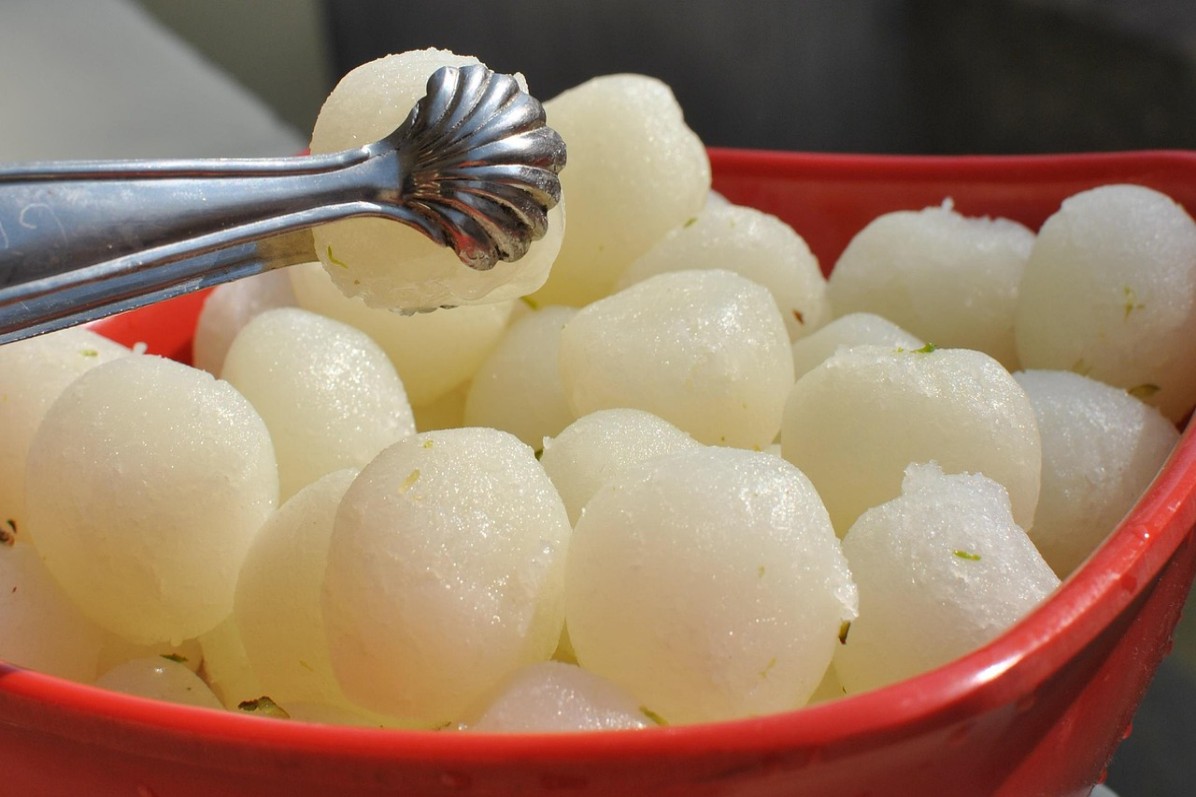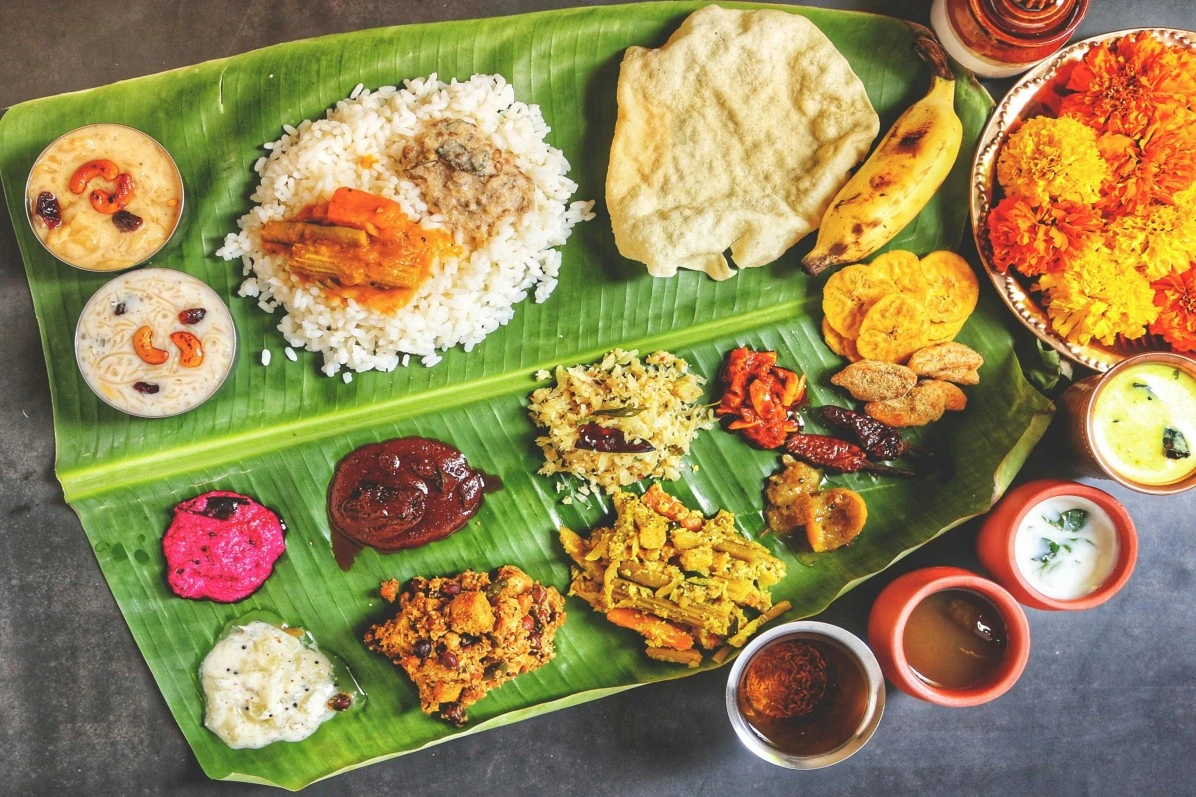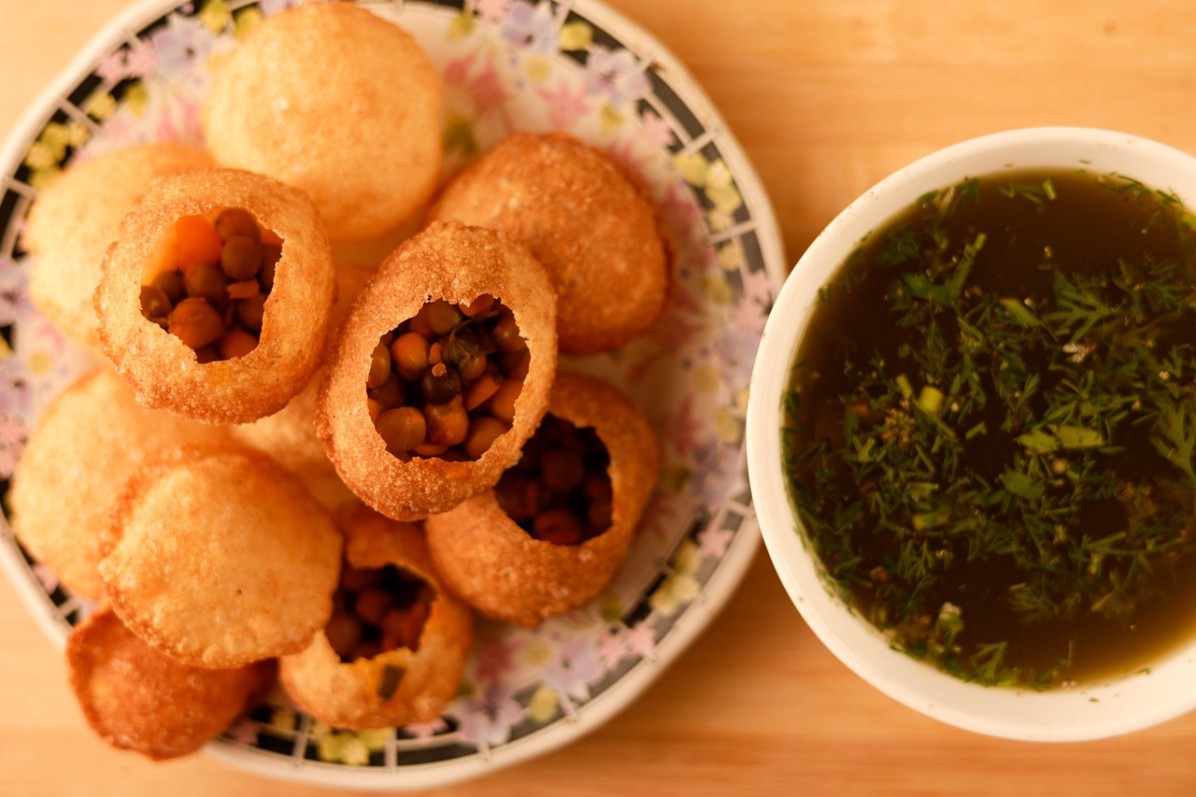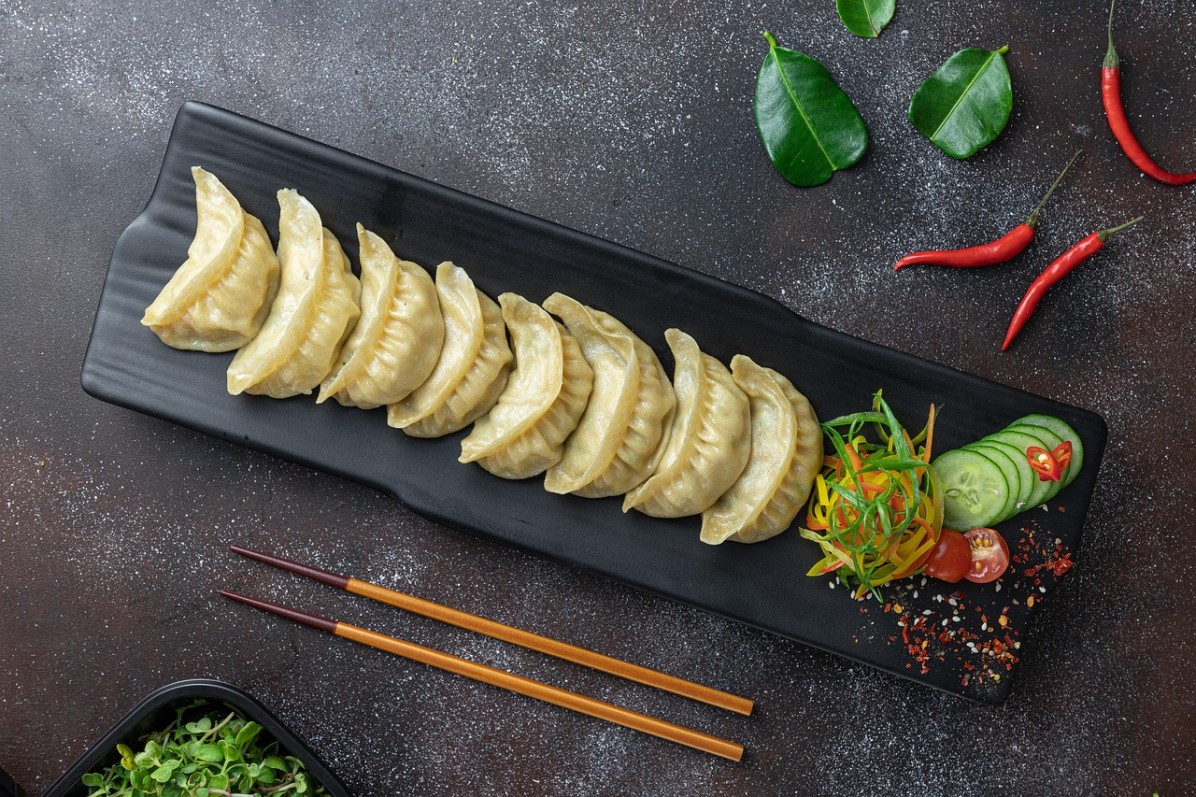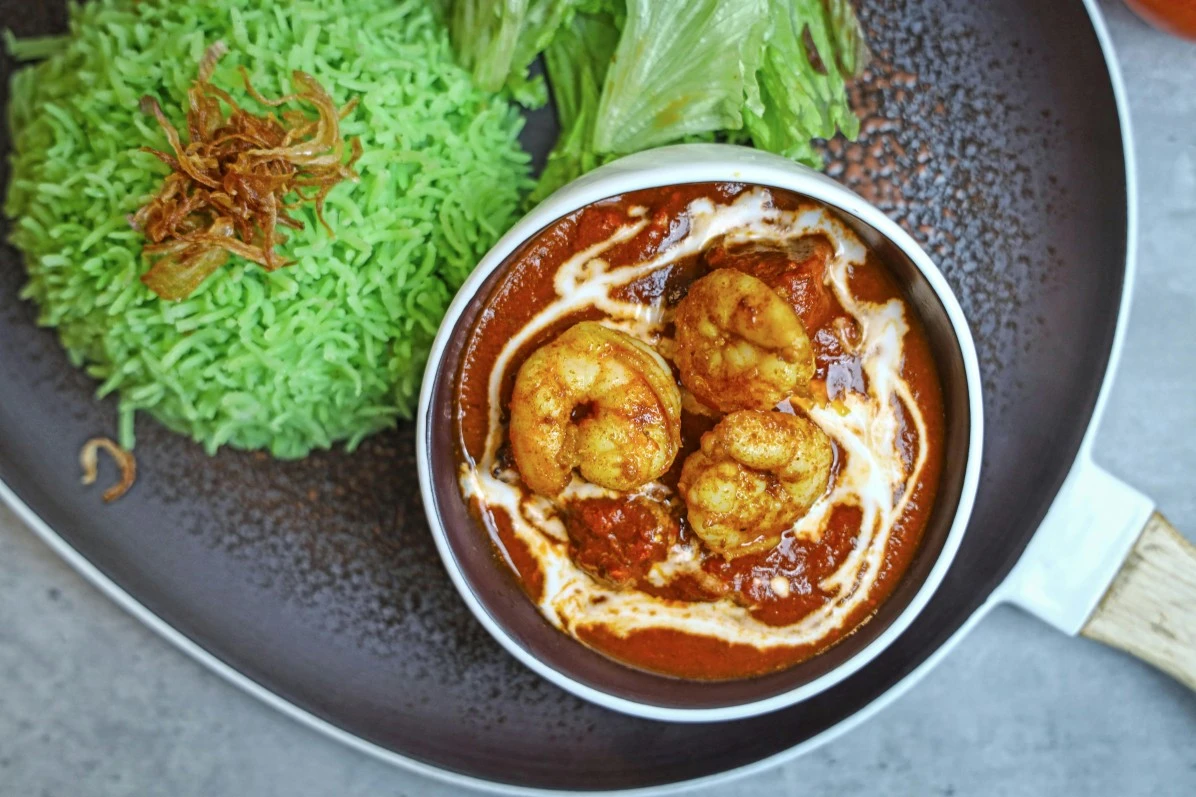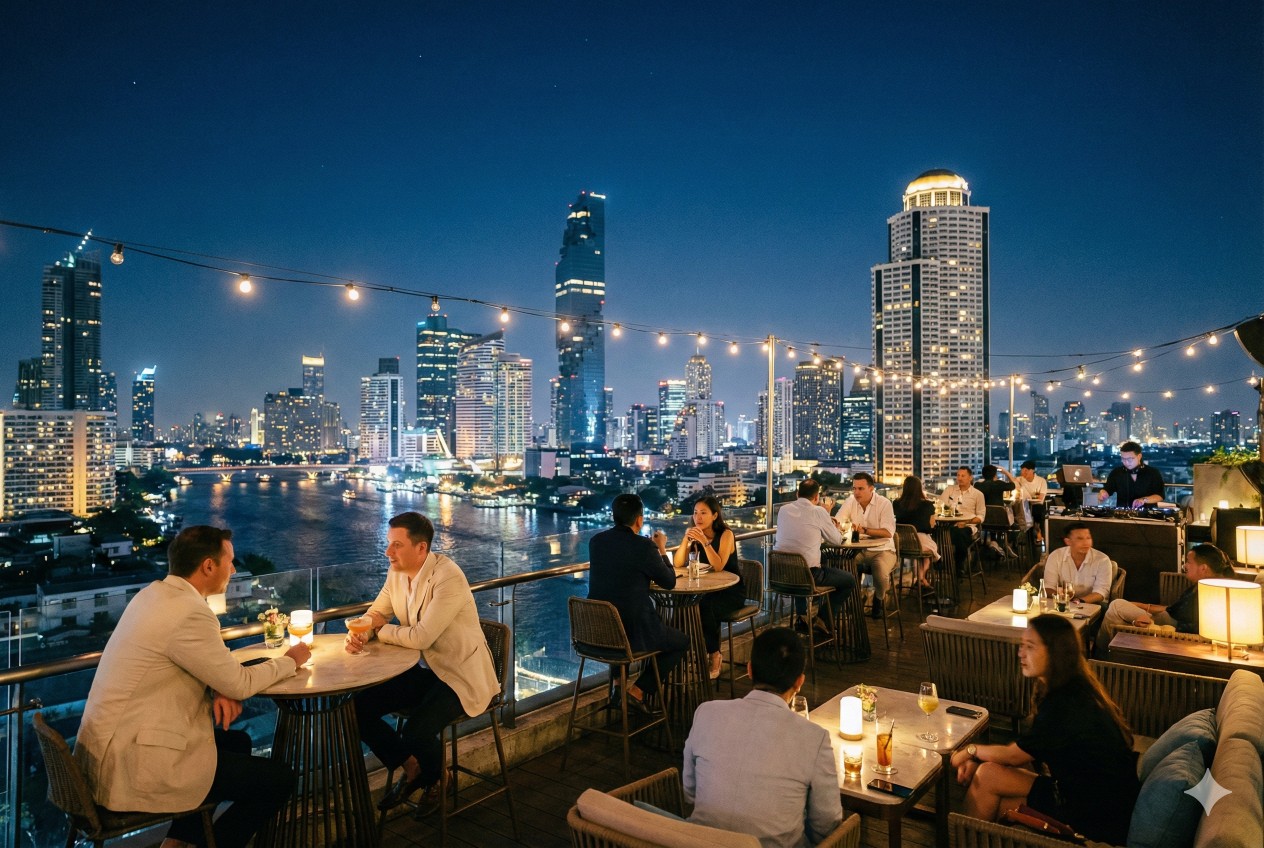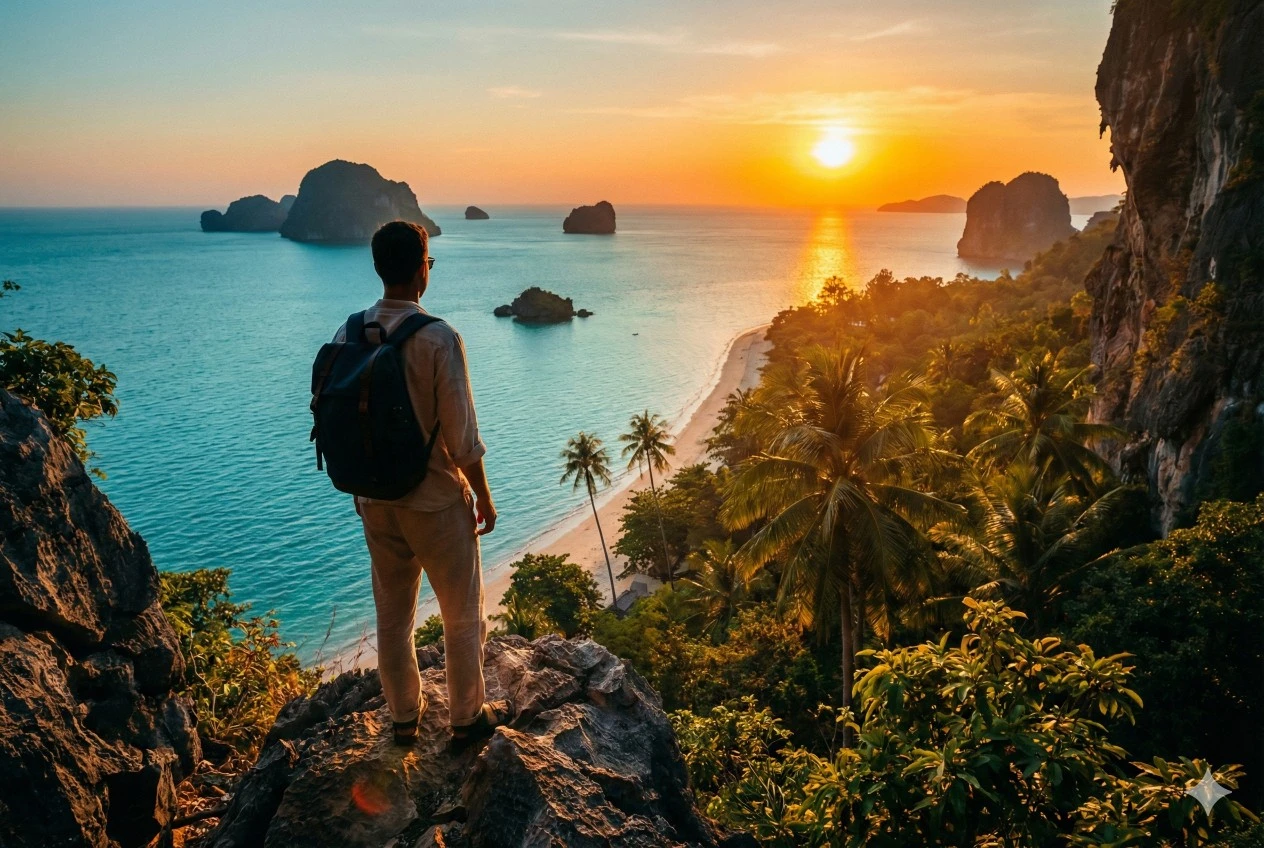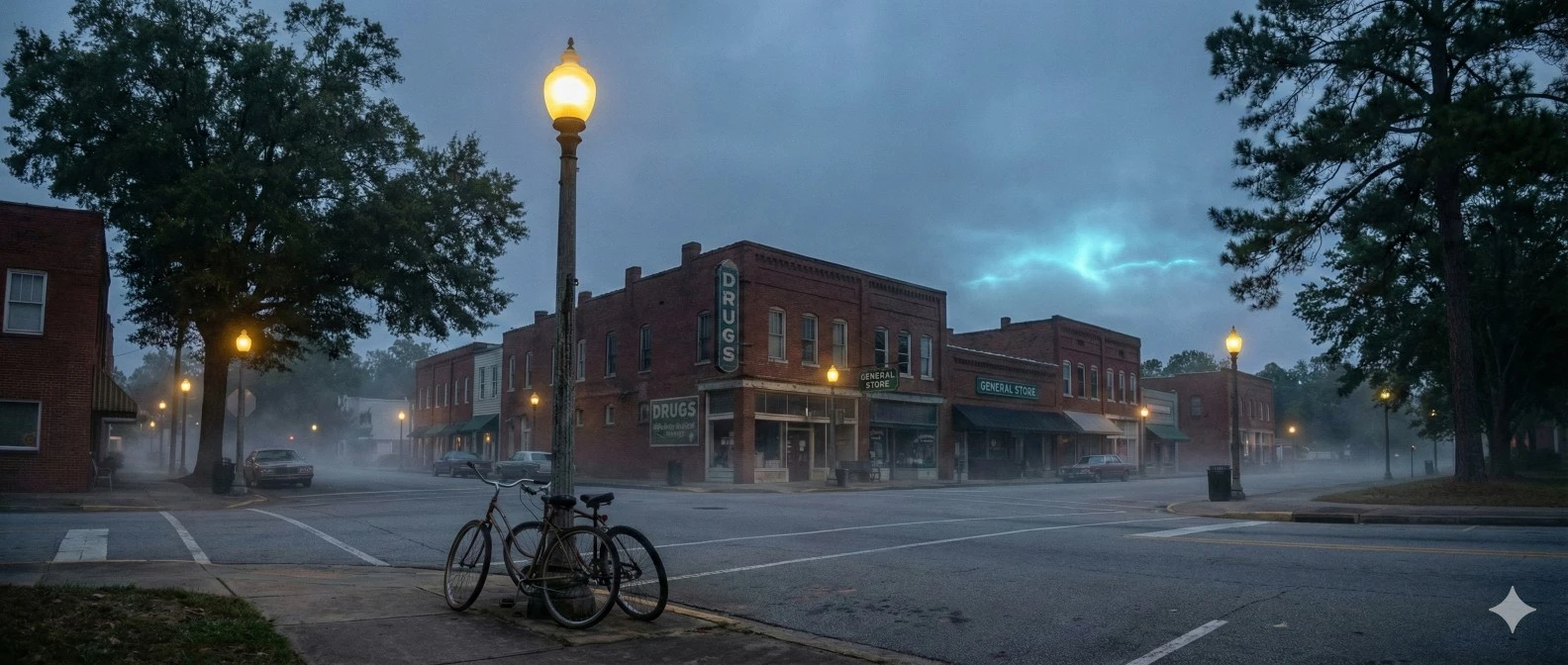India is a mosaic of flavors, scents, and culinary traditions woven throughout its many states; it is more than just a nation. If “eat where the locals eat” is your motto when traveling, you’re in for a delicious adventure. Planning your Indian culinary trip in 2025 allows you to arrange your foodie travel itinerary according to your preferences, from Kerala’s seafood to Bengal’s sweets.
This guide will highlight festivals and cuisine, offer the best travel itineraries, examine India’s most popular foodie destinations, and offer expert advice to make your culinary adventure enjoyable, safe, and unforgettable.
Popular Foodie Indian Destinations To Travel in 2025:
1. North Indian Classics: Delhi, Lucknow & Amritsar
The northern region of India is a veritable gold mine for those who enjoy rich gravies, kebabs, and hearty breads.
Delhi (Old Delhi & Chandni Chowk)
Try kebabs, spicy chaat, Banta-style jalebis, and parathas at Paranthe Wali Gali.
Take a food walk in the morning; the aroma of freshly made chole and puris begins to fill the air before the sun rises.
Pro Tip: Street frying oil can splash onto your fingers, so always have a small piece of tissue and a wet wipe with you.
Lucknow (Awadhi cuisine)
Taste slow-cooked biryani in the dum style, galouti kebab, and kakori kebab. Recently, Lucknow was chosen to be a Gastronomic Creative City by UNESCO.
Visit the old city stalls and try the royal shakarkandi (sweet potato) chaat.
Pro Tip: Many royal kitchens prepare fresh food for the evening crowd, so visit between 5 and 8 p.m.
Amritsar (Punjabi & Sikh culinary heritage)
Stuffed kulchas, chole, lassi, and langar at the Golden Temple (simple, soulful).
Try the plain, cheese, and egg varieties of Kulcha King at the city’s chowk.
Pro Tip: Go early in the morning for a langar experience; there will be fewer people and more time for introspection.
2. West India & Konkan Coast: Goa, Mumbai, Konkan
The western Indian coastal cuisine is a hotspot for tropical flavors, from seafood to curries flavored with coconut.
Goa & Konkan region (Malvani cuisine)
Try the Goan fish curry, kokum-based drinks, prawn xacuti, and sol kadhi. Coconut is used in many different ways in Malvani cooking. Join a toddy shop feast at dusk, which consists of spicy food and local drinks.
Pro Tip: Request “the house fish” from the locals; smaller, fresher catch frequently tastes better than menu items.
Mumbai (Street food capital)
The streets are lined with stands selling sandwiches, bhel puri, pav bhaji, and vada pav. Near the Marine Drive, sample the seafood “cutting chai & bun maska” combos.
Pro Tip: The freshest plates are served by street vendors during the busiest lunch/dinner hours.
Gujarat & Rajasthan (Vegetarian & spice-rich)
Try the Gujarati dishes dhokla, fafda, and thepla; in Rajasthan, try the dal baati churma and laal maas.Try the Mirchi Bada and Mawa Kachori in Jodhpur.
Pro Tip: Look for thali meals off of the main streets; you’ll frequently find hidden dishes and better value for your money there.
3. South India: Kerala, Tamil Nadu & Karnataka
Here, the main ingredients are rice, coconut, and spices.
Kerala (Malabar, Cochin, South Kerala)
Kerala Sadya (banana leaf lunch), Thalassery-style Malabar biryani (Thalassery style), and meen pollichathu (banana leaf-wrapped fish) are not to be missed.Visit the neighborhood toddy shop and try the toddy + spicy fish snack combo.
Pro Tip: Southern cuisine is frequently hotter than what the menu indicates, so proceed with caution when ordering spicy.
Tamil Nadu
Tamil Nadu cuisine includes Kongunadu dishes, filter kaapi, idli-dosa, and Chettinad chicken curry. The unique highlight is the jiggery-sweet Kuzhi Paniyaram, which is served at temple stalls.
Pro Tip: If you’re health conscious, request a version with “less oil/ghee” because many dishes are heavy.
Karnataka
Mysorean fish curry, Coorg pork, and Mysore masala dosa are the best cuisine. A unique highlight is visiting temple kitchens in Udupi to sample sattvic, no-onion, no-garlic dishes.
Pro Tip: Keep a small first aid kit for acidity because South Indian cuisine can be tangy.
4. East India & Himalayan Flavors: Bengal, Assam, Sikkim
Teas, sweets, and ingredients with a mountain theme are available in these areas.
West Bengal & Kolkata
Misti doi, rosogolla, puchka (a variation of pani puri), and macher jhol are found in West Bengal and Kolkata. Enjoy your cha (tea) with a Kathi roll on College Street by dusk.
Pro Tip: Try sweets in the morning .Since sweets are fresher in the morning and stores sell out quickly by the mid-day.
Assam & Northeast
Try the jadoh, apong (rice beer), bamboo shoot pickle, and fish tika.
Pro Tip: Try regional cuisine at Assamese or Meghalayan homestays. Northeastern cuisine can surprise many visitors, so always inquire if the dish is spicy.
Himalayan regions (Sikkim, Uttarakhand)
Himalayan cuisine, including paik (pancake), momos, gyapa khatsa (spicy cheese), and thukpa (Sikkim, Uttarakhand).Try chang and butter tea in Sikkim’s monasteries.
Pro Tip: Your flavor threshold may change at high elevations, so you may need more salt or seasoning than normal.
Food Festivals & Events
It can enhance your experience to plan your trip around food celebrations.
- Bangalore Restaurant Week (Bengaluru) – a carefully planned celebration that features chef menus and discounts.
Pro Tip: Many well-known restaurants sell out of their participating slots, so make your reservations well in advance.
- State Tourism Food Fests – Kerala’s Onam Sadya feasts, the Tamil Nadu Mango Festival, and the Goa Food & Art Festival.
Pro Tip: Dates may change, so check the state tourism calendars six months in advance.
- Local fairs & night markets – Examples include Kolkata’s Adda lanes during Durga Puja and Indore’s Sarafa Bazaar, a nighttime food market.
Pro Tip: Keep small change on hand because many street vendors do not accept digital payments.
Suggested Food Travel Itinerary
“Regional Deep Dive” for one week : Select a region, such as South India.
- Day 1: Chennai arrival & street snacks
- Day 2: Food tour of Madurai and Chettinad
- Day 3: Coimbatore → Munnar — local dishes
- Day 4: Kochi — seafood & toddy shop
- Day 5: Alleppey / Kumarakom — houseboat cuisine
- Day 6–7: Return with stops in Bangalore / Mysore
Pro Tip: Don’t overbook; instead, allow time in each city for impromptu food finds (unplanned stalls or local homes).
FAQs
Q: What’s the approximate cost of a food-centric India trip?
A: Comfort, location, and style all play a role. The cost of a moderate 10- to 14-day trip can range from ₹70,000 to ₹1,50,000 per person, which includes transportation, accommodation, and meals.
Q: Do I need to pre-book food tours or tables?
A: In major foodie hubs (Delhi, Mumbai, Bengaluru), yes for popular restaurants. Street food & local walks mostly accept walk-ins.
Q: Are special permits needed to eat in tribal or remote regions?
A: Usually not. But in border or restricted zones (Arunachal, remote Himalayan areas), inner permits may apply — check state tourist sites in advance.
Q: When is the best time to travel for food (peak taste seasons)?
A: Post-monsoon to early winter (Sept–Dec) is ideal — produce is freshest, festivals active, spices pronounced.
Final Thoughts
Food is memory. A bite of real Bengali mishti, Amritsari kulcha, or Goan prawn curry can stay in your heart long after the trip ends. In 2025, let The Tarzan Way guide you to culinary stories across India, from hidden lanes in Kolkata to coastal shacks in Konkan. We craft journeys where every meal becomes a chapter, and every flavor tells a tale.
So, what are you waiting for? Be ready to map your taste-driven adventure across India with The Tarzan Way today. Let’s build your movie-worthy foodie itinerary together and bring your travel dreams alive!


